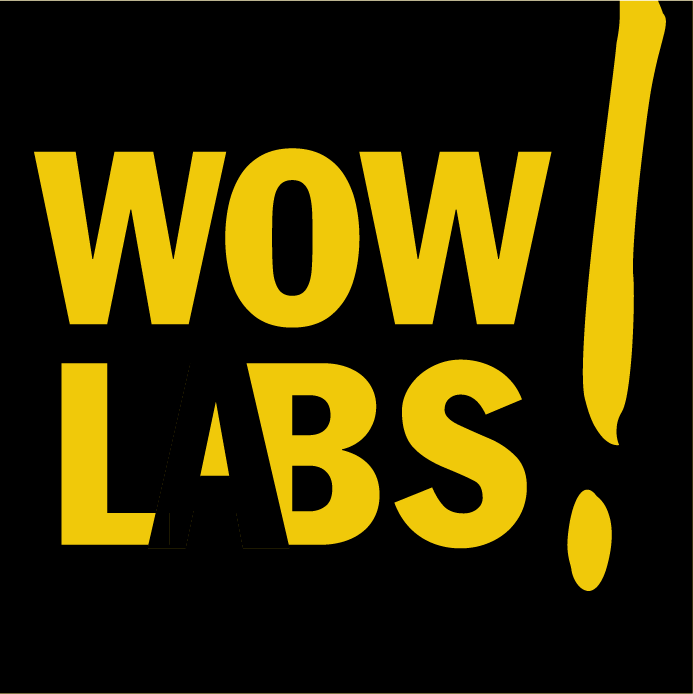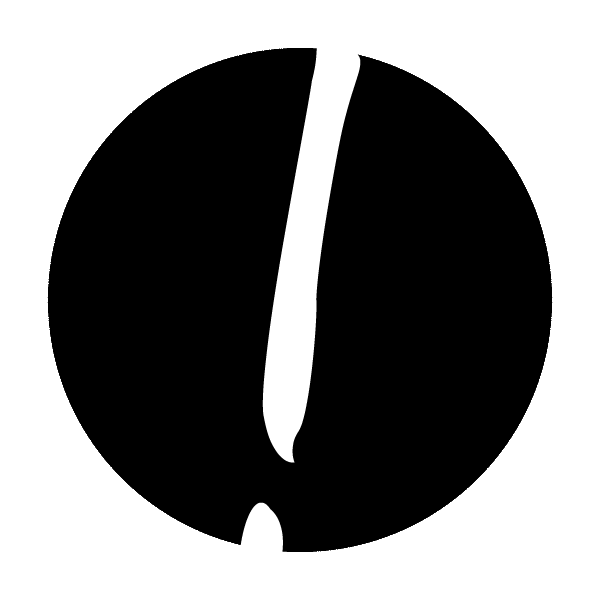Reading Time: 7 minutes
Picture this: a person has a new idea, and another person is trying to help them decide whether that new idea is a good idea. I’m sure you’ve been in this situation before… and probably on both sides, too, at different moments of your life.
In our work at Wow!Labs growing capacity for innovation in a variety of contexts, we’ve come to think of these kinds of situation as problematic: the person giving advice will always be in a position of strength compared to the one testing their idea, and this creates a hierarchy in the relationship. As risk aversion is catchy, it’s a small step to adopt the “common sense” of the person giving advice, and many ideas die there.
It’s very common in incubators or programs dedicated to innovation or entrepreneurship for an idea to receive early feedback. That’s great. There is value in exposing such early ideas, both for the person making the pitch, and the one hearing it.
On one side, aspiring innovators get more knowledge about the local market, new ideas about how to implement their project, and connections, either personal or professional, to get access to more opportunities in the local ecosystem
On the other side of the equation, people giving feedback, who are often more established, get injected with new energy and optimism by someone who has the drive to make things happen and push doors open. An often welcome refresher from their business as usual.
So where’s the problem?
The dangers of heeding advice
Well, “let me tell you something” is a linguistic reflex that tells a long story: giving pre-packaged advice, transmitting our fears as well as any common sense we’ve accumulated, stifles a lot of the next generation’s desire to do things differently. And prevents many new ideas from becoming full-fledged models that work.
It’s far more comfortable to give advice from the comfort of where we stand than to truly listen, echo, amplify and connect with other people’s ideas, especially if that other person is younger or in a less established situation than ourselves.
We decided at Wow!Labs to look for solutions. Could we come up with tricks to reduce the risk of the reflex of “giving advice” kicking in when people were giving feedback to emerging innovations, so that no top-down, descending relationship would settle in?
Labs as a testing ground
The innovation labs that Wow!Labs sets up in universities, corporate settings or for civil society groups, offer the perfect environment to experiment on this question. Labs last anything from 1 day to several months, and are immersive: there is a physical space (either pop-up or permanent) dedicated to a group of people trying to come up with solutions in response to challenges. The groups range from 10 to 70 people, and teams within them vary from 2 to 6 people, who go through a facilitated process to accelerate the ideas of products or services they come up with.
External people are invited to the lab at specific times to give feedback on the emerging ideas. The labs therefore offer a controlled environment where different hypotheses can be tested about what amplifies or minimizes any notion of status in these interactions.
Here are some of the techniques we tried out to tip the playing field and encourage more innovation from the interaction. In a word, to make the innovators feel more confident, and the people giving feedback just enough off-balance to be kept on their toes and be encouraged to take mental risks.
Turning visitors into insiders
Each visitor is welcomed by a host with a precise scripted experience. They are given a personal name-tag (the same as all the other participants, using only the first name in an informal phrase: “Hello, my name is Charlotte”). They are then guided to a table with snacks and refreshments and are informally introduced to at least another person, to fully arrive in the lab environment – both body and mind. They then receive a rolled parchment tied together with a raffia thread: the map to their experience.
The map contains context on what is expected from them in terms of feedback, including what type of feedback is most useful to the innovators. It includes a recommended physical itinerary to follow within the lab to discover the projects, from less to more mature, so that newer ideas are not seen under the light of tried and tested ones – a common mistake which comes at high cost for newer ideas. Visitors also discover on the map a few rules of the game that are followed by all within the lab. This makes them insiders to the experience of the other participants. As they are immersed in a culture of care, creativity and risk-taking, they are more likely to endorse it in their relationship to the ideas they meet.
Gamifying the tête-à-tête
Whatever the mental and physical preparation, if the actual set-up for the conversation is formal or too familiar, mental habits will return. Here are two set-ups we created to make sure that doesn’t happen when the two parties actually get to meet.
- The grandmother’s kitchen table
Within the labs, we sometimes need a table for the innovator and the visitor to look at a written support or prototype together. Yet sitting across from someone you don’t know at a table is rarely a synonym of relaxation or being yourself. You are usually in a position of being assessed – think of an interview, or a medical appointment, or being taught. All of these situations are the opposite of equal playing fields. And putting them side-by-side would create a childish dynamic which we also want to avoid.
So we recreate another context where sitting across a table might be a comforting, relaxing act, with a dash of humour: a grandmother’s kitchen table. Corny pattern-filled tablecloths, a vase of fresh flowers and a few biscuits with a warm drink are enough to give the idea and create a shared joke: this is not business as usual, this is both as unfamiliar and familiar an environment to both, we’re in this together. So what were you saying? A grandmother’s table is also a synonym for being listened to and not judged. Interestingly, we verified this is true in many cultures by this experiment!
- Tossing the dice
This is another set-up that is useful in “expo” mode, where visitors visit a marketplace of projects, going from one stand to the next. The expo mode is a remarkably efficient way of redistributing power, compared to a “pitch” format where there is a passive, intimidating audience watching someone perform on stage and taking all the risks alone. In the expo set-up, the people holding the stalls with their project actually hold more physical power: they have the comfort of their stall showing their project, prototype and various proofs of concept, and the visitors are the ones moving around alone and striking up the conversation. Still, the question remains: how can we make the interaction at each stall as empowering as it can be?

We select the questions that are most likely to lead to genuine dialogue about the potential of what the person wants to create, and craft a giant set of dice with one question on each side. The person holding the stall puts the dice in the hands of the visitor and asks them to toss it in the air and read them what comes up. Gamification helps to introduce humour and light-heartedness in the exchange- powerful mechanisms to create common ground.
We tested this method first with the Mayor of Paris, who good-humouredly played it perfectly with refugee entrepreneurs taking part in a lab (the disparity of power could hardly be starker). The result was a surprisingly deep and playful interaction where all stakeholders were surprised by the fruitfulness of the exchange. There was no sense of formalism or hierarchy.

The mayor of Paris, Anne Hidalgo, using the dice to give feedback
The (e)quality of the relationship is crucial in building talent
It is the quality of an interaction involving feedback that builds agency and capacity, rather than quick, out-of-context advice. It is the true connection with a variety of people that will open doors to develop viable ideas.
As a result of these experimentations and due to demand, we have supported many people eager to learn how to grow talent in new ways. We created a series of trainings around the topic, called “Become the Mentor You Want to Be”.
Giving non-directive advice, developing meaningful collaborations across sectors and disciplines, and coaching an innovation process are all new skills that the future of work requires us to master, and there is an immense opportunity for all of us to become better at it.
We need it not only for our individual careers which are crying out for it, but also to renew our societies and let new leaders emerge, who can show us how to do things differently.
Charlotte Hochman is the Co-founder & Director of Wow!Labs, an innovation studio that creates results for companies, cities and universities by creating spaces and capacity for innovation.



0 Comments